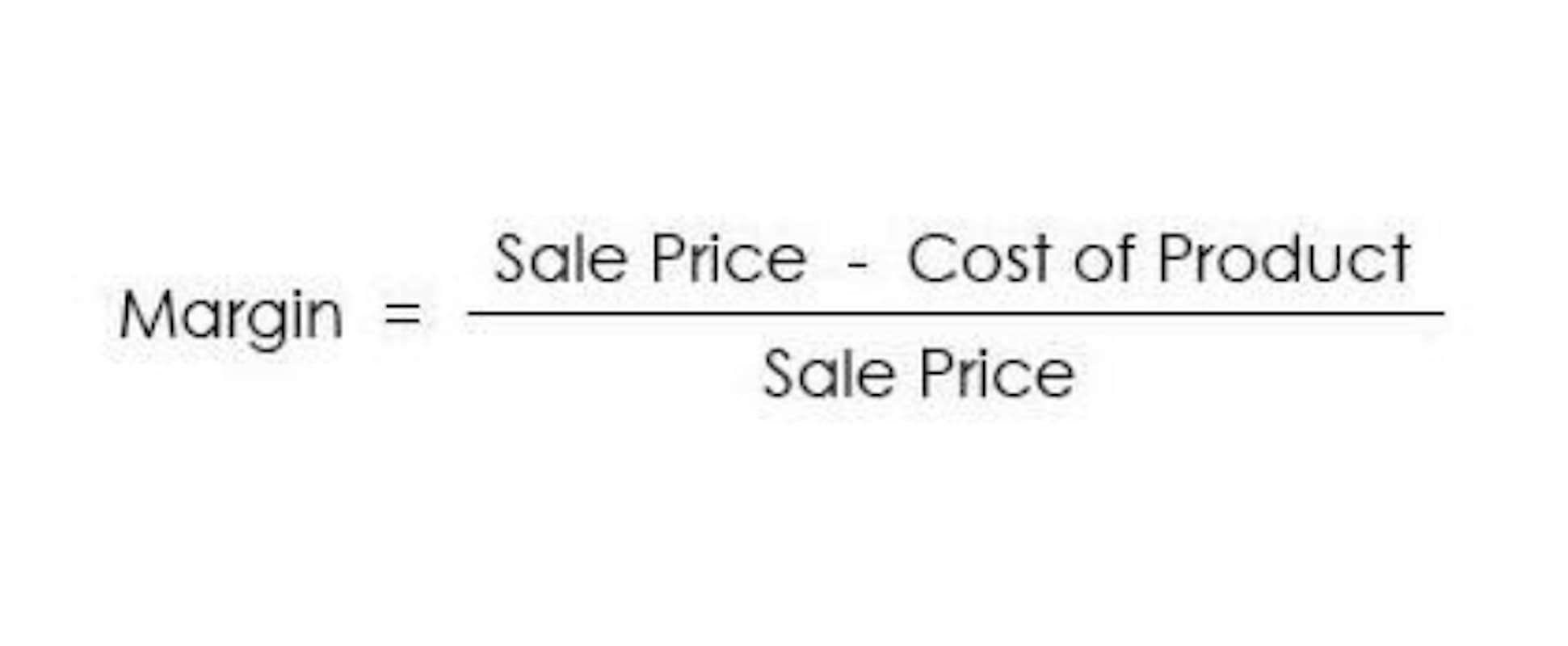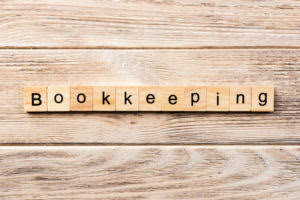
So, instead of showing the asset at the price you bought it for, you show its actual, current value. You might have various assets in your business, like machinery or office equipment, and each of these loses value over time. Now, let’s dive into how to record depreciation for different types of assets. If they plan to use it for ten years, they might record ₹2,000 as depreciation each year. This shows that the machine is gradually losing value over time in their accounting books. In accounting, making the right journal entries for depreciation is crucial.
- At the beginning of the accounting year 2018, the balance of the plant and machinery account was $7,000,000, and the balance of the accumulated depreciation account was $3,000,000.
- As a result of this method, the asset can be shown at its original cost, and the provision for depreciation (contra account) can be shown on the liabilities side.
- The residual value is the estimated value of the building at the end of its useful life.
- When assets are purchased or disposed of mid-year, depreciation must be prorated based on the time the asset was in use.
- An expense reported on the income statement that did not require the use of cash during the period shown in the heading of the income statement.
Adjusting interest and loan balances
The contra asset account Accumulated Depreciation is related to a constructed asset(s), and the contra asset account Accumulated Depletion is related to natural resources. Included are the income statement accounts (revenues, expenses, gains, losses), summary accounts (such as income summary), and a sole proprietor’s drawing account. However, when it comes to taxable income and the related income tax payments, it is a different story. In the U.S. companies are permitted to use straight-line depreciation on their income statements while using accelerated depreciation on their income tax returns.
Other Information Regarding Depreciable Assets
Properly handling depreciation via journal entries keeps financial records accurate and compliant with accounting standards, the entry to record depreciation expense supporting informed business decisions. There are several methods of depreciation, including straight-line, declining balance, sum-of-the-years’-digits, and units of production. The main difference between these methods is the way in which they allocate the cost of the asset over its useful life. Straight-line depreciation allocates the cost evenly over the useful life, while declining balance depreciation allocates more of the cost in the early years of the asset’s life.
Journal Entries for Different Asset Types

There are different types of journal entry methods that businesses can use. The process for recording journal entries for all types remains the same; however, Airbnb Accounting and Bookkeeping the journal entry totals will differ according to the depreciation method a company uses. Depreciation of PP&E is important as it helps to reflect the wear and tear of these assets over time.

In the first method after the completion of the financial period, the depreciation expense is subtracted from the Asset value and charged to the income statement for the year. In a double-entry system, depreciation expense is determined by dividing the cost of an asset by the estimated useful life of an asset. There are many methods for calculating depreciation expenses but the famous areas. But despite how commonplace fixed assets are, accounting for them can be a challenge. A clear understanding of fixed asset depreciation and the corresponding journal entries can help make the process easier. Depreciation and a number of other accounting tasks make it inefficient for the accounting department to properly track and account for fixed assets.
What is the difference between depreciation expense and accumulated depreciation?
Always make sure you’re updating your depreciation entries at the end of each accounting period, whether that’s monthly, quarterly, or annually. You’ll debit depreciation expense and credit accrued depreciation to reflect the real, reduced value of the asset. By doing this, you’re showing that the machinery is now worth ₹10,000 less. This keeps your financial records accurate, showing the real value of the machinery. By making these adjustments, you ensure that your financial statements reflect the actual condition of your assets.
How do you make an adjusting entry for depreciation?

These journal entries debit the depreciation expense account and credit the accumulated depreciation account, reducing the book value of the asset over time. To record an accounting entry for depreciation, a depreciation expense account is debited and a contra asset account (accumulated depreciation) is credited. Apart from this, businesses need to understand where and how the entries go on financial statements, and the depreciation method they should use.
Order to Cash Solutions
- When a company depreciates its PP&E, it records the depreciation expense in its income statement and reduces the carrying value of the asset on its balance sheet.
- At the end of every accounting period—this could be every month, quarter, or year—you need to make sure your financial records are up to date.
- With examples, FAQs, and data points, you’ll gain the confidence to manage depreciation like a pro.
- This method allows for a larger depreciation expense in the early years of the asset’s life and a smaller expense in later years.
- The book value is the value of the asset after all the depreciation has been accounted for.
- Depreciation is the process of allocating the cost of a tangible asset over its useful life.
You will have to decide if you are going to tackle some or all adjusting entries, or if you want your accountant to do them. If your accountant prepares adjusting entries, he or she should give you a copy of these entries so that you can enter them in your general ledger. With few exceptions, most businesses undergo a variety of changes that require adjustment entries. We’ll show you how to rectify everything from bad debts to depreciation to keep your books organized. You’ve made it through everything you need to know about journal entries for depreciation.
How to Record Depreciation Journal Entries
- As the accumulated depreciation account increases, the net book value of the asset decreases.
- The depreciation account is a contra asset account that is used to record the decrease in the value of an asset.
- These entries are designed to reflect the ongoing usage of fixed assets over time.
- Assets such as plant and machinery, buildings, vehicles, furniture, etc., expected to last more than one year but not for an infinite number of years, are subject to depreciation.
The amounts are a little different in 2012 because of the payroll tax break. This way, your books will show the real value of your assets, and your financial statements will stay reliable. Well, if you don’t record depreciation, your financial records will show that your assets are worth more than they actually are. A depreciation schedule outlines the depreciation expense for each accounting period over an asset’s useful life. The statement of cash flows (or cash flow statement) is one of the main financial statements QuickBooks (along with the income statement and balance sheet). Journal entries usually dated the last day of the accounting period to bring the balance sheet and income statement up to date on the accrual basis of accounting.
